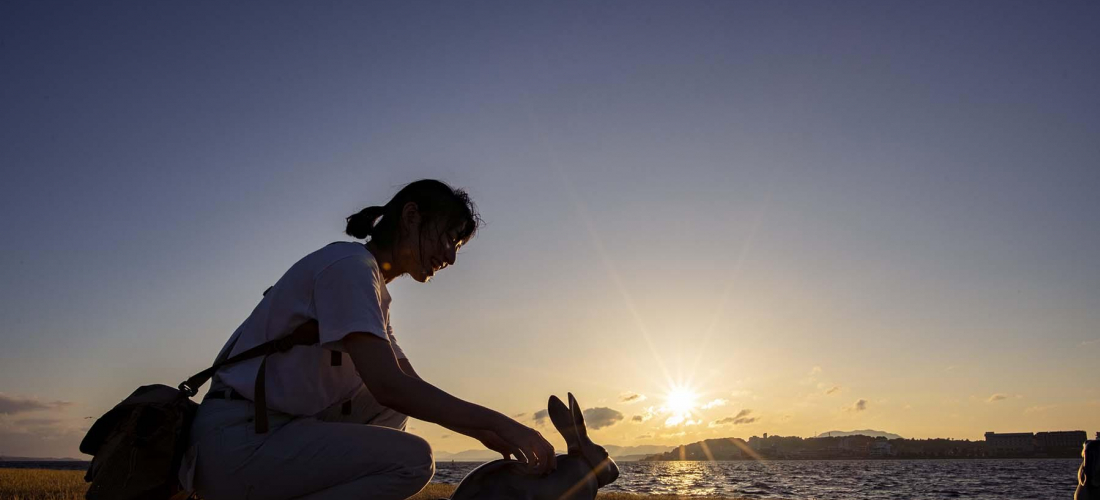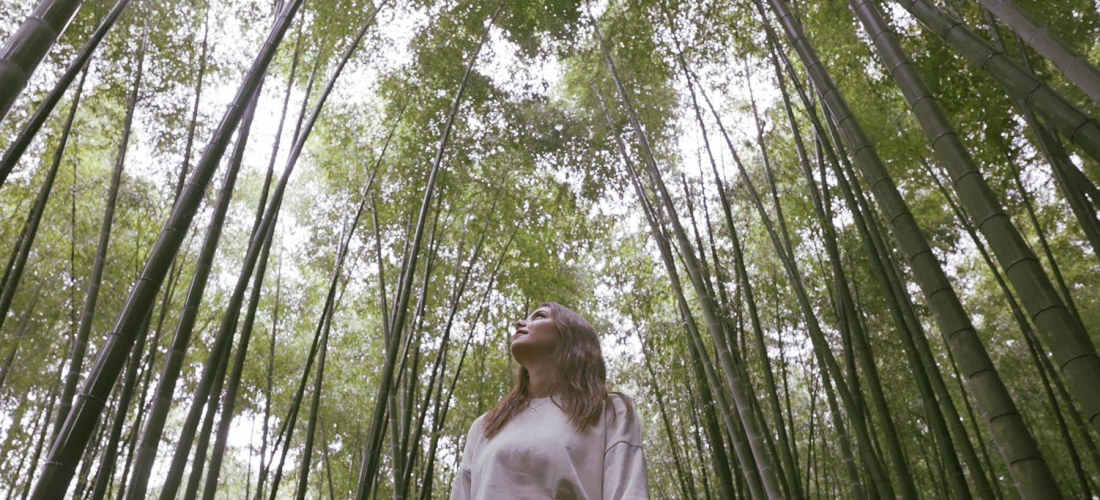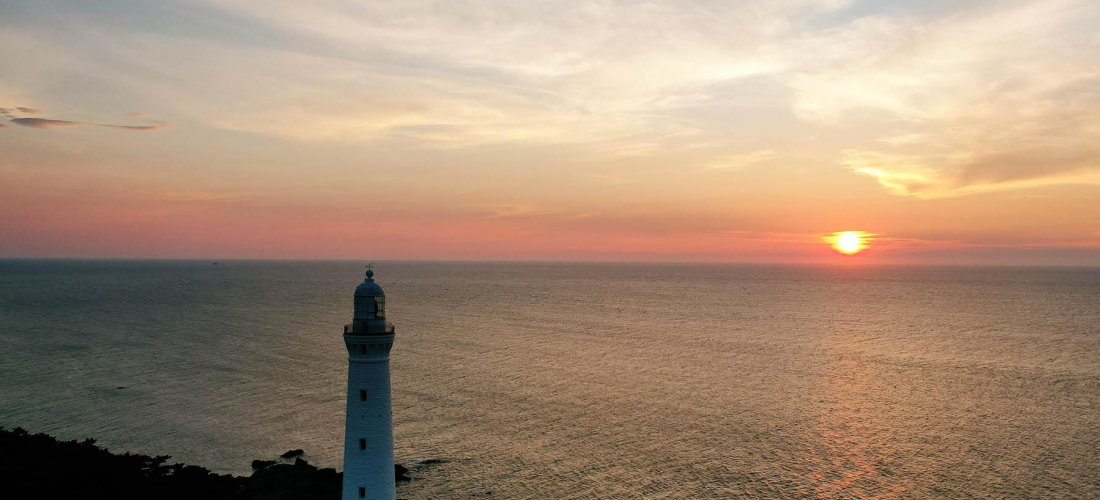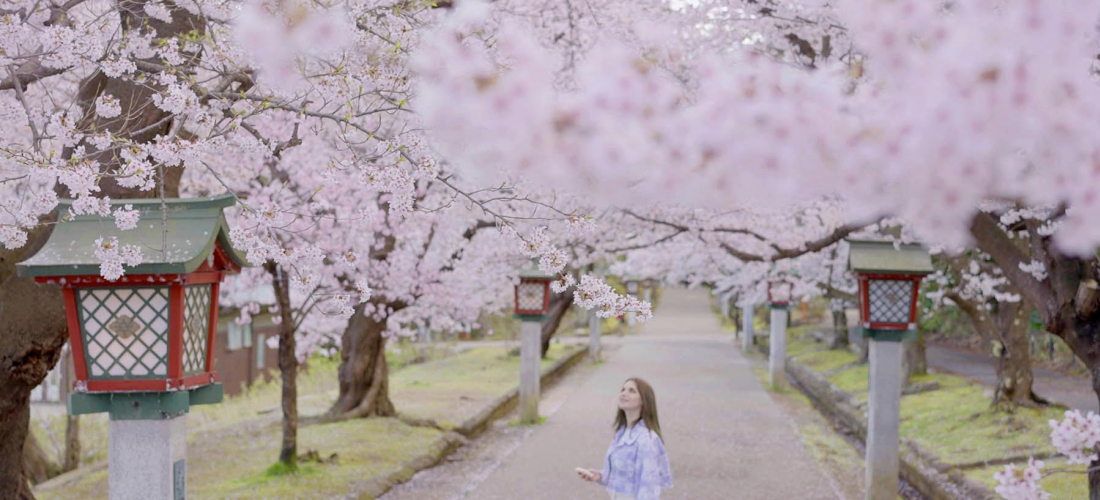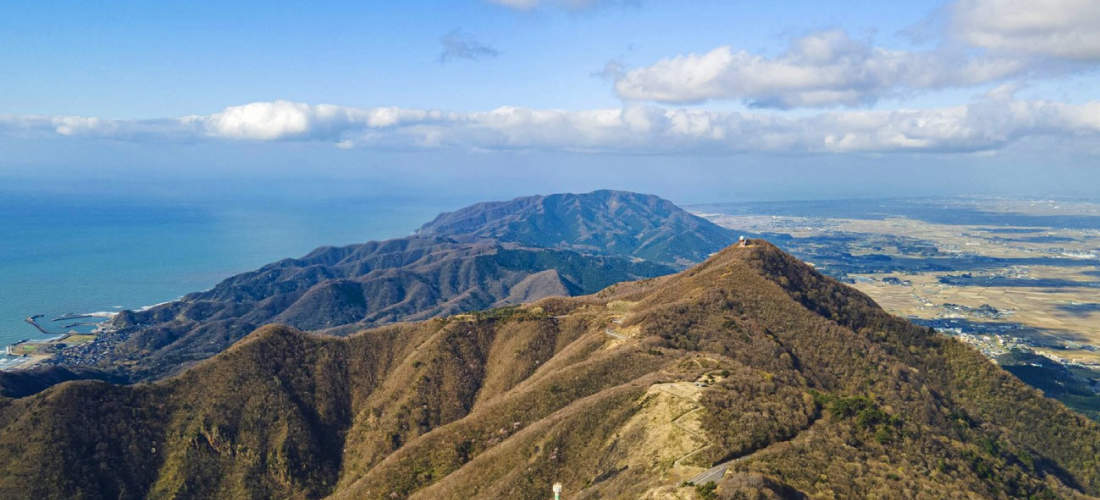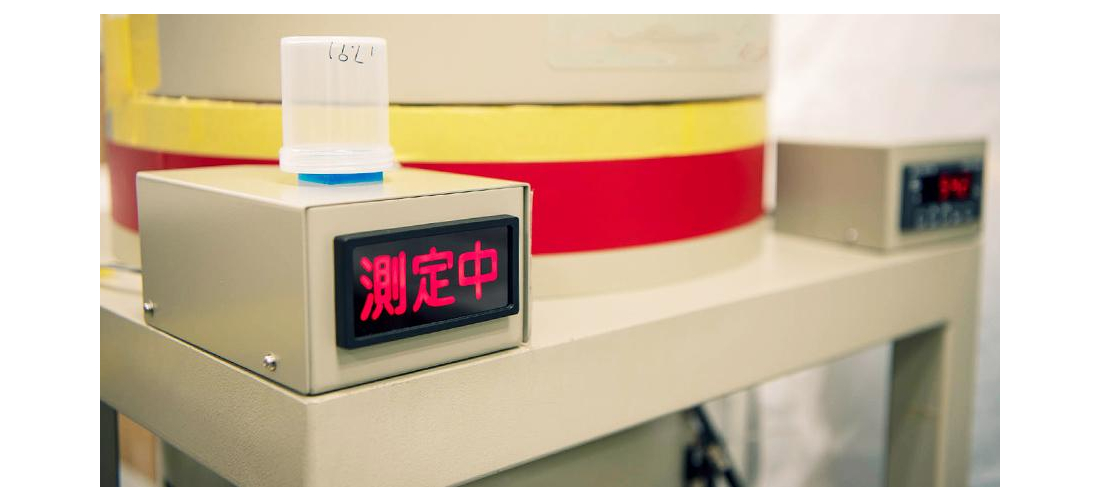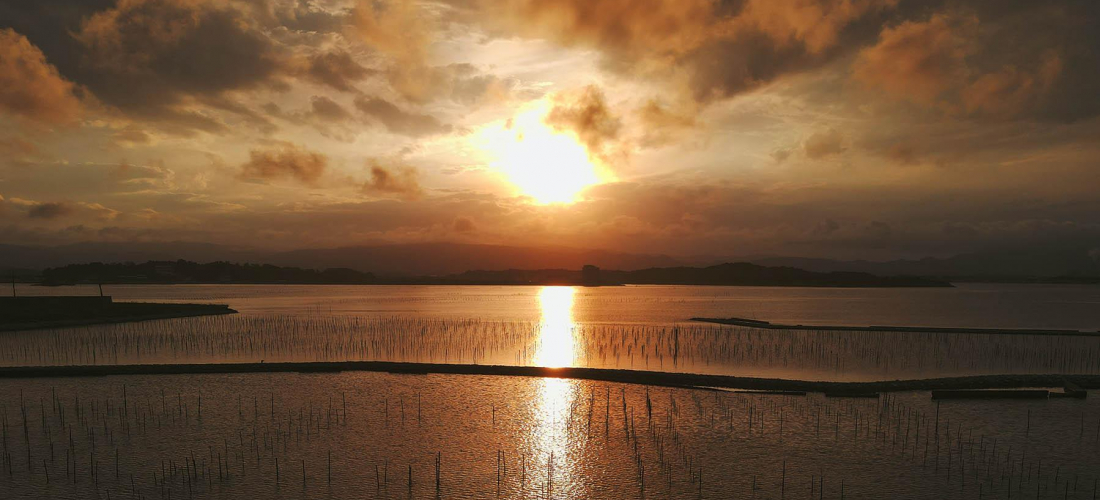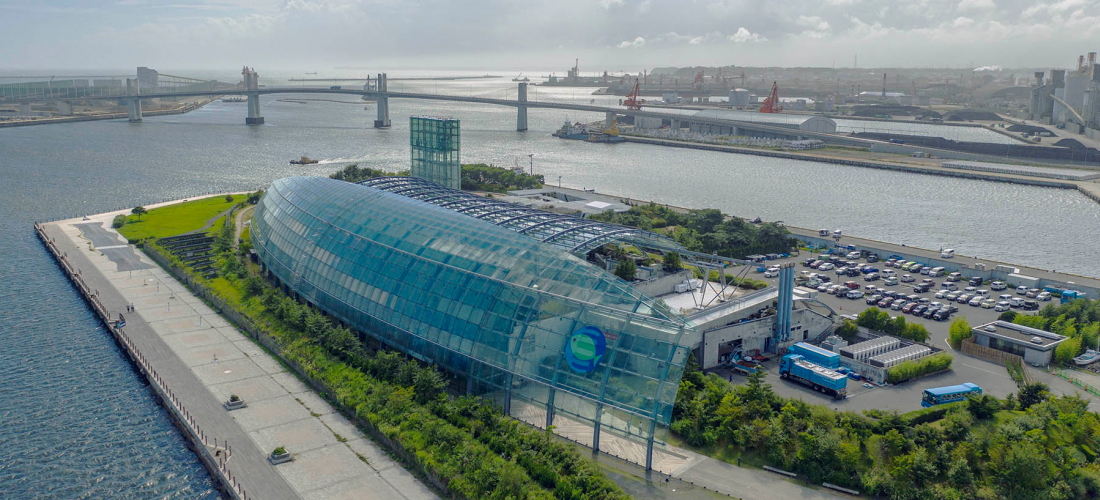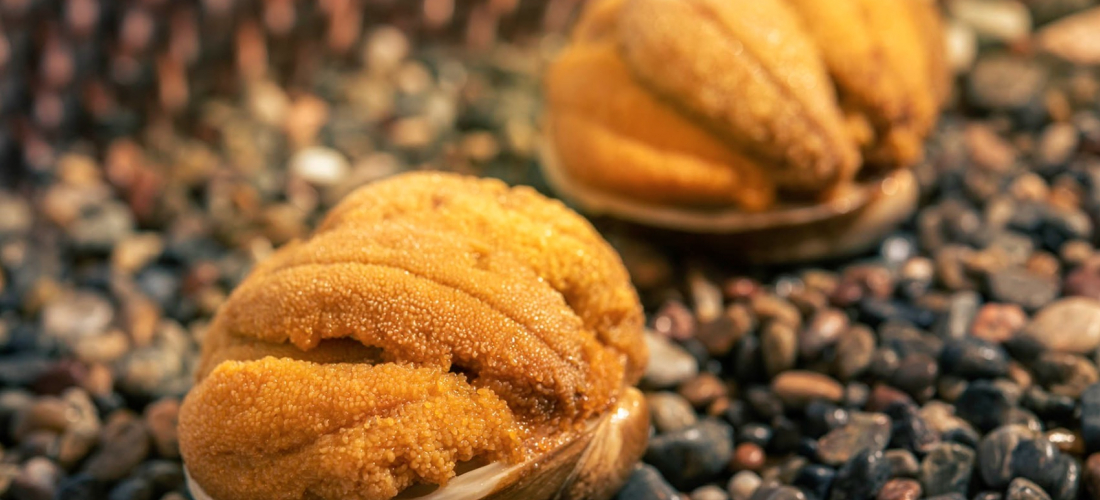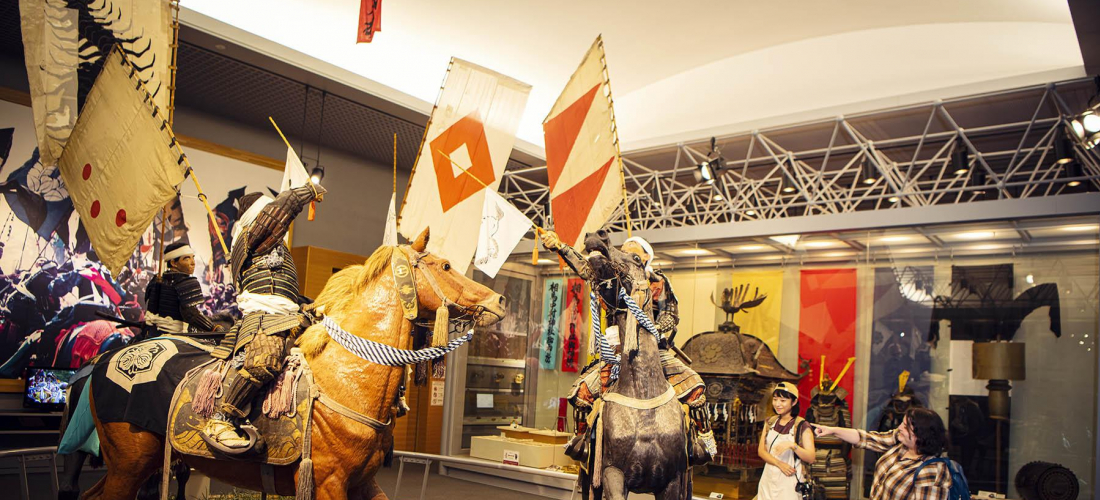
CONTENTS
La ville de Fukushima de Soma, dans la région nord de Soso de la région côtière de Hama-dori, possède des traditions distinctes et une beauté naturelle, différentes de celles du sud d’Iwaki.
Climat, Nature, Cuisine, et Tradition – Soma “luit” de toute beauté
La ville de Soma, dans le coin nord-est de Fukushima, est fraîche en été et chaude en hiver. Malgré son emplacement dans la partie nord de Fukushima, connue pour la neige pendant les mois les plus froids, la place de Soma au bord de l'océan Pacifique bénéficie d'un climat doux dans lequel il est facile à vivre.
La ville est coincée entre les montagnes intérieures et la mer ouverte, et le parc naturel préfectoral de Matsukawaura à Soma (松川 浦 県 立 自然 公園) contient le seul lagon de la côte de Fukushima ― nommé l'une des 100 vues panoramiques les plus célèbres du Japon! La lagune abrite toutes sortes d'espèces rares, et c'est un lieu de repos populaire pour de nombreux types d'oiseaux migrateurs. En plus d'admirer la faune locale, les visiteurs peuvent contempler les formes frappantes des îles parsemant l'eau, souvent comparées à Matsushima, l'une des «trois meilleures» vues panoramiques du Japon. Les îles de la lagune de Matsukawaura ressemble fortement à cette destination plus connue, ce qui lui a valu le sobriquer de «Komatsushima» (小松 島, la petite Matsushima). Que l'eau scintille au soleil du matin ou teinte en rose au coucher du soleil, le lagon offre une vue magnifique.
Le festival de Soma Nomaoi – Le résultat de siècles de tradition
Le Soma Nomaoi (相 馬 野馬 追) est un festival qui doit sa renommée au clan Soma (相 馬氏), la lignée des samouraïs qui ont exercé le pouvoir sur la région pendant 700 ans, de la période Kamakura au Japon (1185 ~ 1333) à l'ère Meiji (1868 ~ 1912). Le clan Soma a non seulement donné son nom à la région, mais a également offert à la ville les rituels du Soma Nomaoi, un bien culturel folklorique immatériel important officiel et un festival traditionnel bien connu connu dans tout le Japon. Nomaoi signifie littéralement «chasse à cheval sauvage», et après plusieurs jours d'équitation festive dans des armures d'époque et des processions traditionnelles de style militaire, les célébrations se terminent chaque année par un rituel où de jeunes cavaliers attrapent un cheval sauvage et le présentent à un sanctuaire shinto comme un "shinme" (神 馬, un cheval sacré) ― une tradition qui remonte aux temps historiques. C'est une expérience culturelle fascinante, et le spectacle de "samouraïs" habillés d'une armure étincelante se précipitant à cheval donne l'impression d'assister aux festivités d'un voyage dans le temps de la période Sengoku (1467 ~ 1615).
Servi avec des saveurs délicieuses
Dans les cuisines de Soma, les délices de l'océan et des montagnes se côtoient pour devenir une savoureuse cuisine locale. La région est un haut lieu des produits alimentaires de haut niveau, comme le riz qui a remporté des médailles d'or lors de conventions internationales, la sauce de soja qui a remporté les meilleurs scores aux compétitions nationales pendant des années, et les œufs élevés en plein air de spécialité ― ainsi que de nombreux autres produits, comme les fraises et les poires.
Par-dessus tout, tout comme la ville voisine d'Iwaki, la scène gastronomique de Soma est vraiment connue pour ses poissons et fruits de mer de haute qualité, appelés Fukushima Joban-mono (福島 常 磐 も の). Dans toute la ville, les restaurants et les ryokan utilisent les ingrédients les plus frais provenant directement des prises du jour même, y compris des variétés de fruits de mer plus rares. Les visiteurs ne devraient pas manquer l'occasion de se livrer à des repas à base de lotte pêchée localement, de plie de toutes sortes, de donko (ど ん こ ou gobie dormeur noir), de lançon, de poulpe, de palourde de Sakhaline, de buccin et même de crabe des neiges.
En outre, les fermes aquacoles de la lagune de Matsukawaura cultivent d'énormes bandes de nori (algue verte), qui est ajoutée à la soupe miso, frite en tempura ou même marinée. Mais le nori n'est pas seulement bon à manger ― en automne, des piquets de bambou sont alignés et collés dans le sable dans tout le lagon, et au plus fort de la récolte en hiver et au printemps, les voyageurs peuvent admirer la vue verdoyante de la culture des algues. sur des filets étalés comme un tapis vert luxuriant.
Une ville d’activités sportives et autres
Le tourisme sportif est une chose importante à Soma, et la ville est parsemée d'installations sportives dont tout le monde peut profiter. Le parcours de golf de Matsukawaura Park comprend neuf parcours et 81 trous surplombant le lagon. Il est officiellement reconnu par la Nippon Park Golf Association, tandis que le terrain de football de Koyo Soma possède un terrain en gazon naturel à côté d'un terrain en gazon artificiel qui s'aligne avec les normes du football japonais et de de la FIFA 2 Star. Les courts de tennis en gazon artificiel remplis de sable dans la ville sont même ouverts la nuit, afin que les joueurs puissent balancer leurs raquettes sous les étoiles. Les voyageurs à la recherche d'installations pour pratiquer des sports moins occasionnels trouveront également des terrains de softball et plus, disponibles toute l'année.
Deux villes Hama-dori avec un équilibre harmonieux entre nature, tradition et nourriture
La douceur du climat, la richesse de la mer et de la terre, les empreintes de l'histoire … Iwaki et Soma, deux villes avec leur propre personnalité, sont deux exemples parfaits de tout ce que la région côtière de Hama-dori a à offrir. Et quand il s'agit de similitudes, les mers abondantes et les fruits de mer frais sont clairement communs à Soma et à Iwaki. En japonais, ils pourraient même utiliser l'expression «umi no sachi» (海 の 幸) pour décrire les prises quotidiennes en mer – littéralement la «fortune de la mer».
Dans les prochains articles de notre série "Qu'est-ce que le poisson Joban-mono au juste?" , nous examinerons de plus près la culture culinaire et la cuisine originaires d'Iwaki, de Soma et des mers environnantes. Après avoir passé du temps à Soma et Iwaki et avoir eu une idée globale de la région, l'équipe de Japankuru est prête à vous parler de tout ce qui est sorti de l'océan, comment ces poissons et fruits de mer arrivent au marché, et tout pour profiter de la cuisine locale. Si vous vous posez la question, nous vous expliquerons également les véritables politiques et procédures de sécurité concernant les fruits de mer mises en pratique tout au long de la côte de Fukushima, afin que vous puissiez voir par vous-même ce qui se passe. Ne manquez pas notre prochain article!
Gardez un oeil à Japankuru pour d'autres articles sur Fukushima et autres news sur le Japon grâce à twitter, instagram, et facebook!

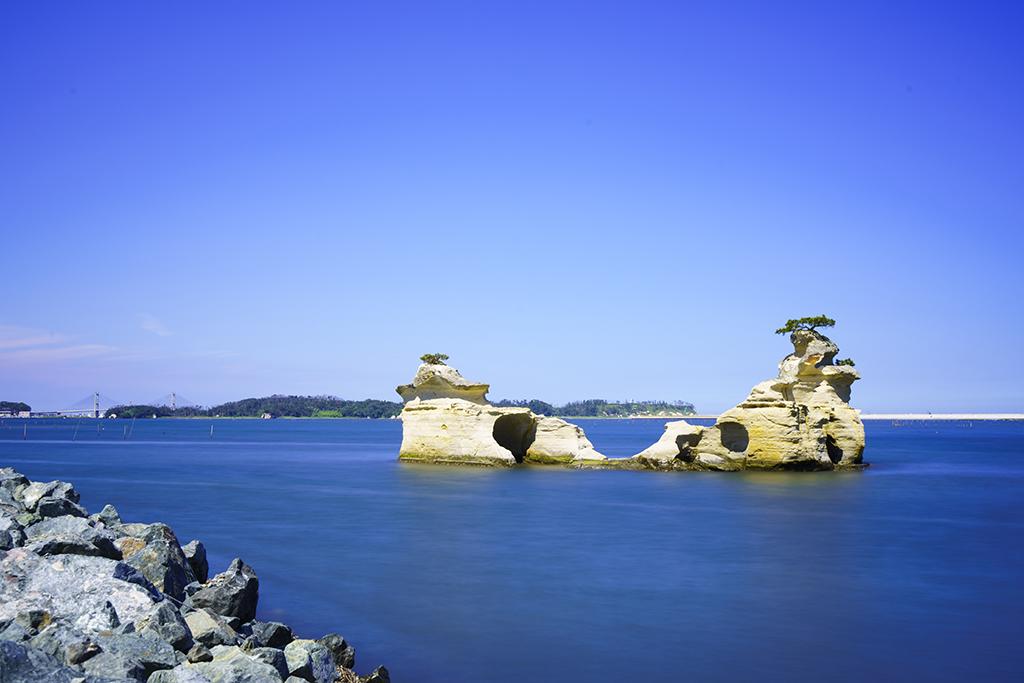

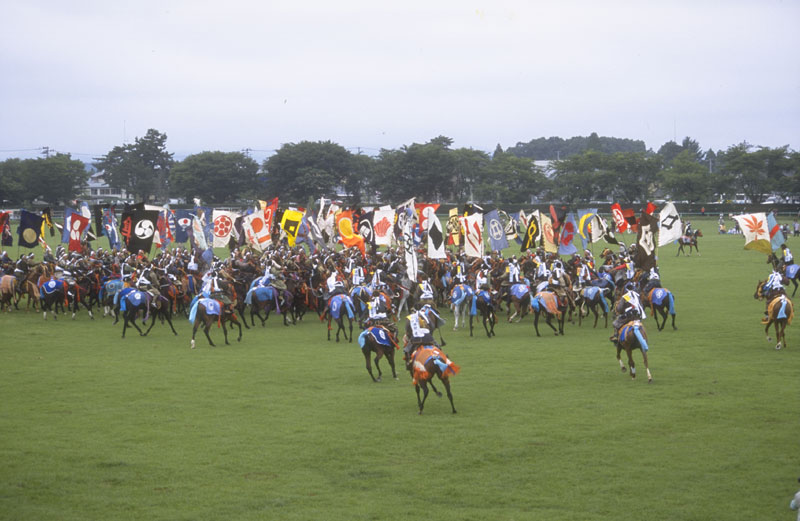
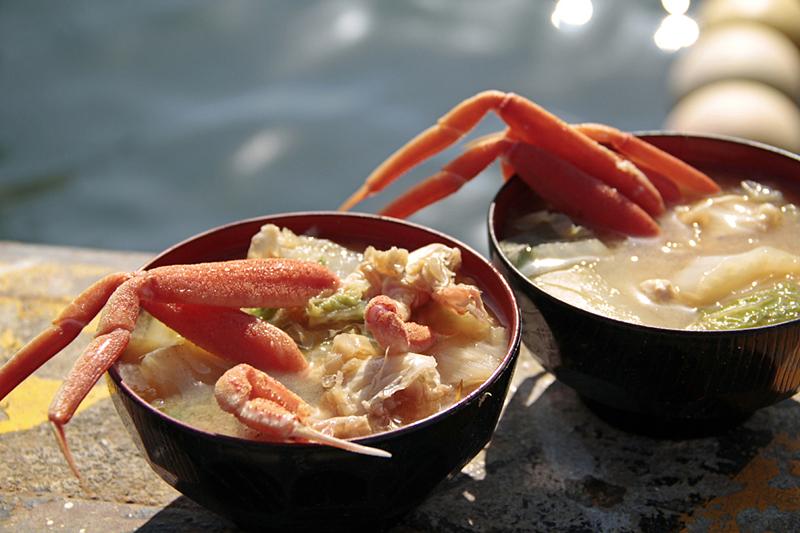

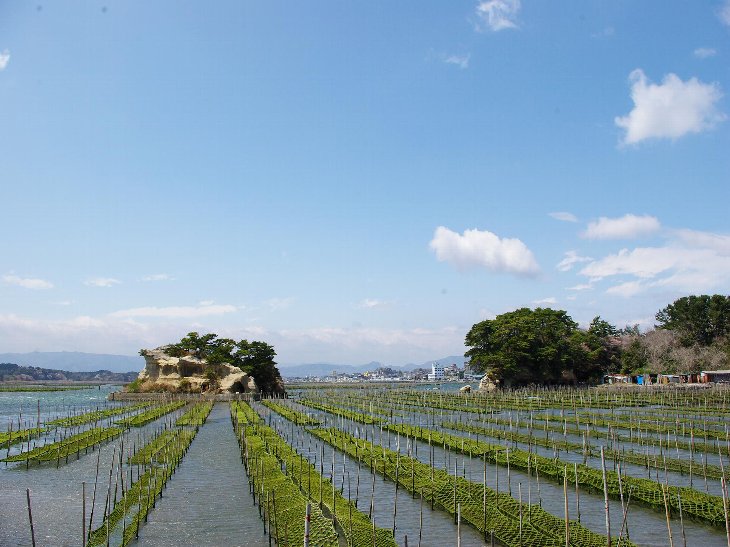






 >> Find out more at Japankuru.com! (link in bio)
#
>> Find out more at Japankuru.com! (link in bio)
#





 The Robot Restaurant is gone, but the Samurai Restaurant is here to take its place. Check it out, and don't forget your coupon!
The Robot Restaurant is gone, but the Samurai Restaurant is here to take its place. Check it out, and don't forget your coupon!
 신주쿠의 명소 로봇 레스토랑이 사무라이 레스토랑으로 부활! 절찬 쿠폰 발급중
신주쿠의 명소 로봇 레스토랑이 사무라이 레스토랑으로 부활! 절찬 쿠폰 발급중
 18歲以上才能入場的歌舞秀,和你想的不一樣!拿好優惠券去看看~
#tokyo #shinjuku #samurairestaurant #robotrestaurant #tokyotrip #도쿄여행 #신주쿠 #사무라이레스토랑 #이색체험 #할인이벤트 #歌舞伎町 #東京景點 #武士餐廳 #日本表演 #日本文化體驗 #japankuru #japantrip #japantravel #japanlovers #japan_of_insta
18歲以上才能入場的歌舞秀,和你想的不一樣!拿好優惠券去看看~
#tokyo #shinjuku #samurairestaurant #robotrestaurant #tokyotrip #도쿄여행 #신주쿠 #사무라이레스토랑 #이색체험 #할인이벤트 #歌舞伎町 #東京景點 #武士餐廳 #日本表演 #日本文化體驗 #japankuru #japantrip #japantravel #japanlovers #japan_of_insta
 코지마 x 빅 카메라 쿠폰으로 일본 가전 제품 쇼핑하기
#pr #japankuru #japanshopping #kojima #biccamera #japaneseskincare #yaman #dji #osmopocket3 #skincaredevice #日本購物 #美容儀 #相機 #雅萌 #日本家電 #일본여행 #면세 #여행꿀팁 #일본쇼핑리스트 #쿠폰 #일본쇼핑 #일본브랜드 #할인 #코지마 #빅카메라 #japankurucoupon
코지마 x 빅 카메라 쿠폰으로 일본 가전 제품 쇼핑하기
#pr #japankuru #japanshopping #kojima #biccamera #japaneseskincare #yaman #dji #osmopocket3 #skincaredevice #日本購物 #美容儀 #相機 #雅萌 #日本家電 #일본여행 #면세 #여행꿀팁 #일본쇼핑리스트 #쿠폰 #일본쇼핑 #일본브랜드 #할인 #코지마 #빅카메라 #japankurucoupon
























